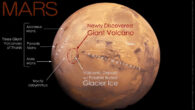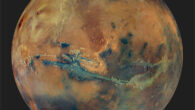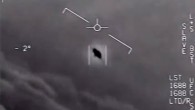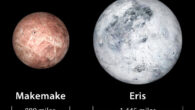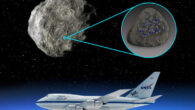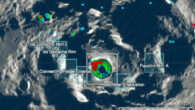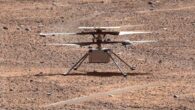Using data from ESA’s ExoMars Trace Gas Orbiter and NASA’s Mars Reconnaissance Orbiter, planetary scientists have created the 1:30000 scale geological map of Oxia Planum, the landing site for ESA’s ExoMars Rosalind Franklin rover mission. Fawdon et al. created the most detailed geologic map of Oxia Planum, the landing site for ESA’s Rosalind Franklin rover on Mars. Image credit: Fawdon et al., doi: 10.1080/17445647.2024.2302361. Oxia Planum...




